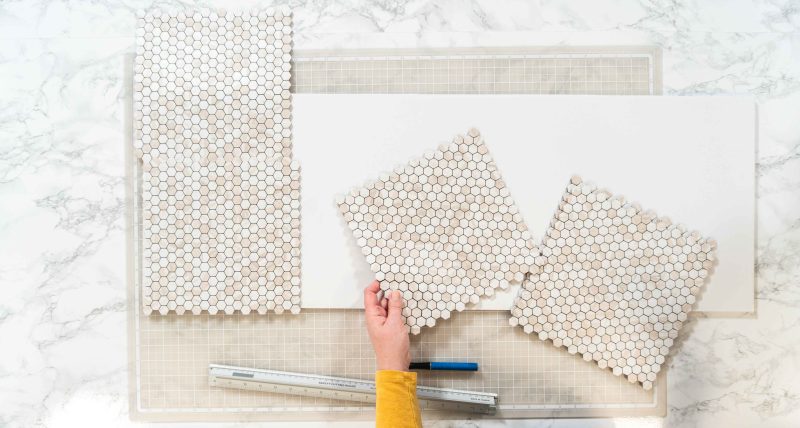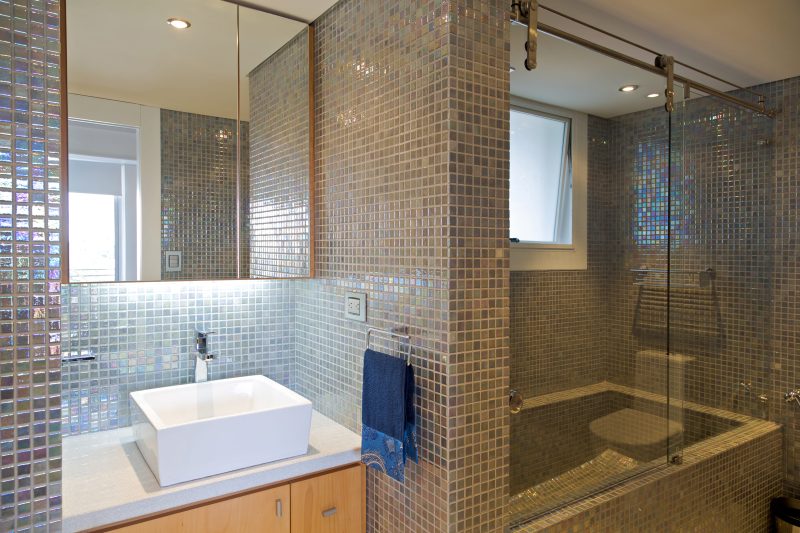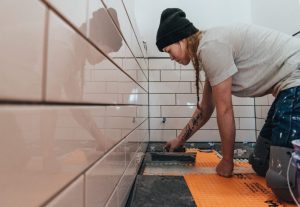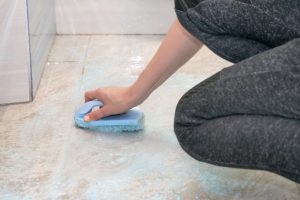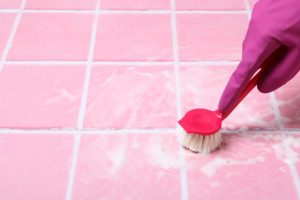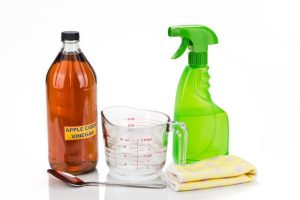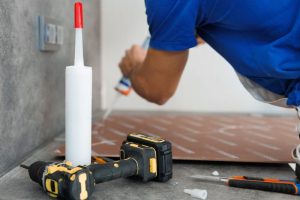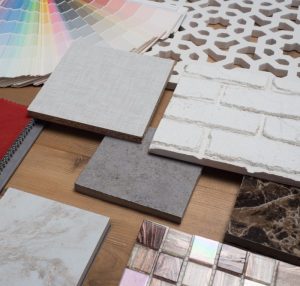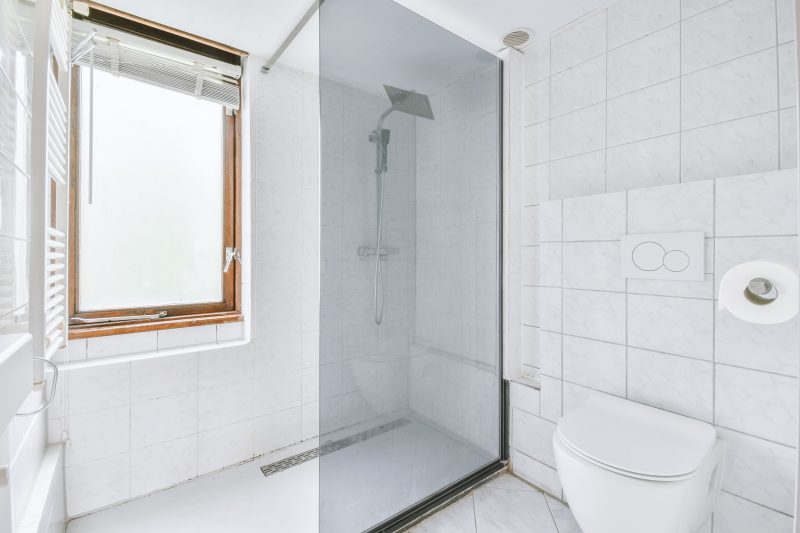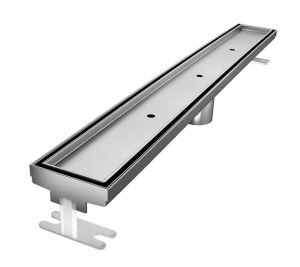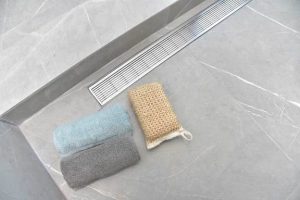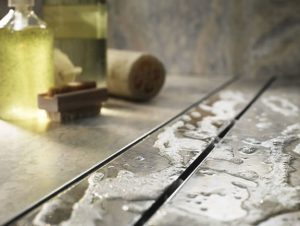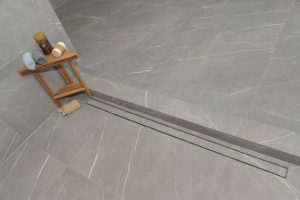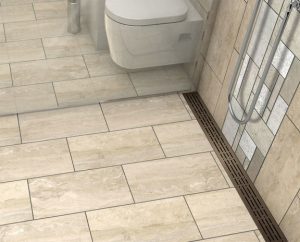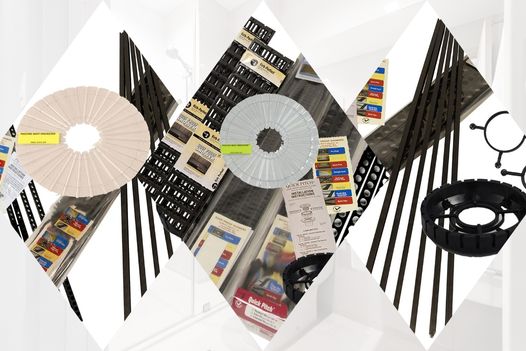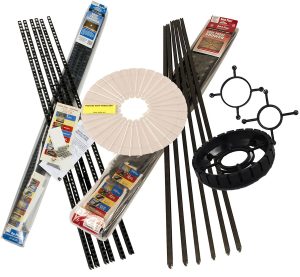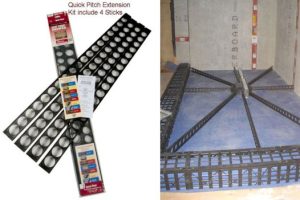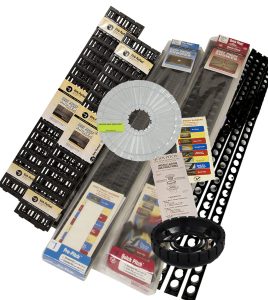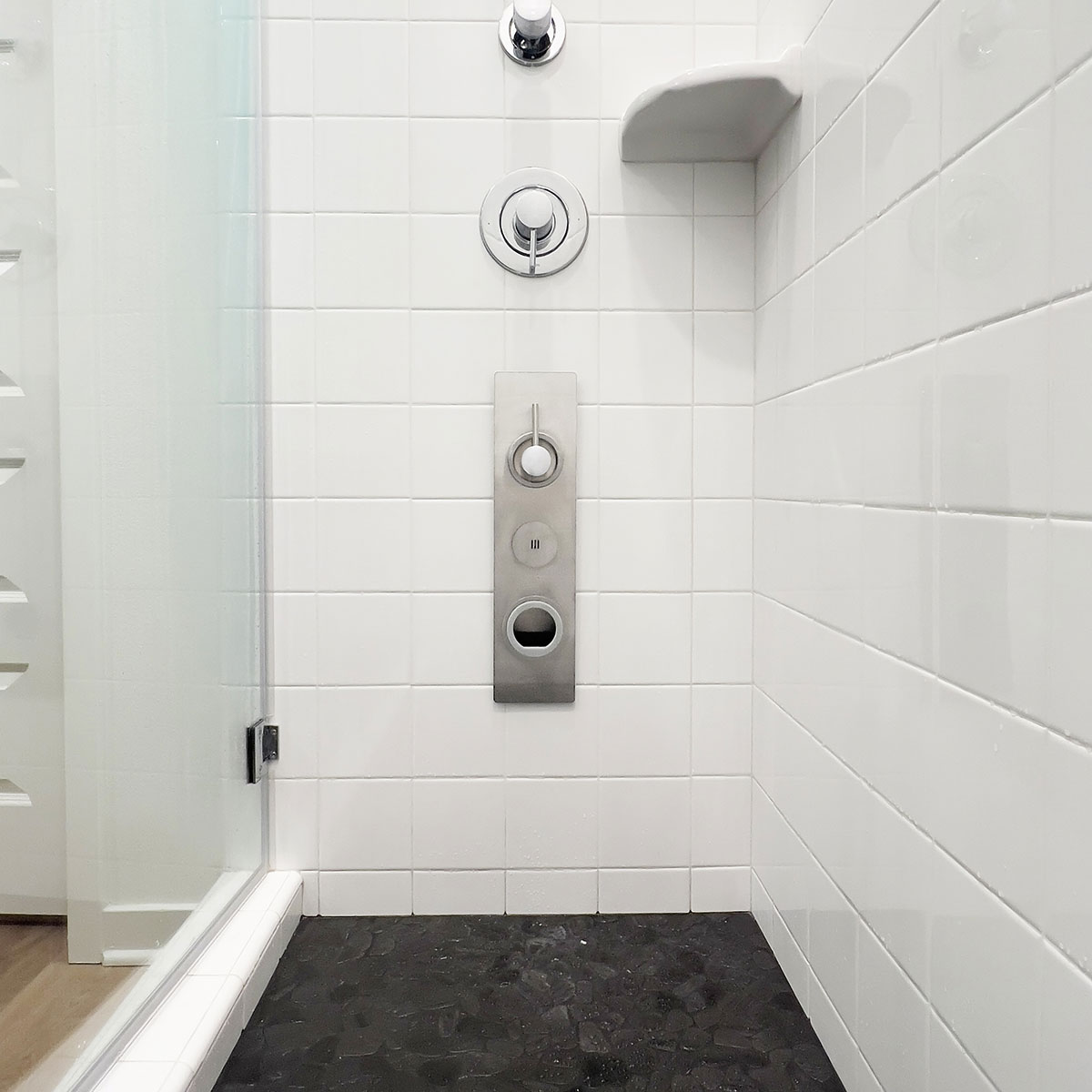Are you considering updating your floors or walls without the hassle of removing old tiles? Tiling over existing tile can be a time-saving and cost-effective solution that spares you from the mess and effort of a complete removal. However, this approach requires careful consideration and preparation to ensure a successful and long-lasting result. In this guide, we will thoroughly explore whether tiling over tile is possible, the necessary steps to do so, and the advantages and disadvantages of this method. Whether you’re a DIY enthusiast or considering professional help, this comprehensive guide will provide you with all the information you need to make an informed decision.
Is Tiling Over Tile Possible?
Yes, tiling over tile is possible and can be an efficient way to upgrade your flooring or wall surfaces without the mess of removing old tiles. However, it is crucial to evaluate the condition of the existing tiles and the underlying surface to ensure they are sound and stable.
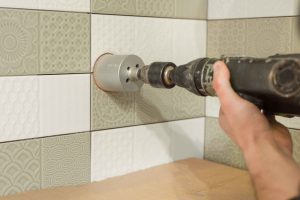
Pros and Cons of Tiling Over Tile
Pros:
- Time-Saving: Eliminates the need to remove old tiles, reducing the project timeline.
- Less Mess: Avoids the dust and debris associated with tile removal.
- Cost-Effective: Saves on labor and disposal costs associated with removing old tiles.
Cons:
- Height Increase: Adds height to the floor or wall, which may affect doors, cabinets, and appliances.
- Weight Concerns: Adds extra weight, which could be an issue for certain structures.
- Surface Integrity: Requires that the existing tile and substrate be in excellent condition.
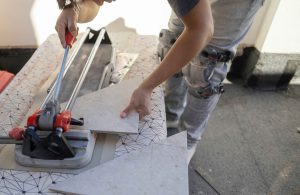
Steps to Tile Over Tile
Step 1: Assess the Existing Tile
Before beginning, inspect the current tiles to ensure they are well-adhered and in good condition. Check for loose tiles, cracks, or other damage. The existing surface must be smooth and stable to support the new tiles.
Step 2: Prepare the Surface
Clean the existing tiles thoroughly to remove any dirt, grease, or grime. This step is crucial for the adhesive to bond properly. Use a degreaser or a strong cleaner to ensure the surface is completely clean.
Step 3: Apply the Adhesive
Choose a high-quality tile adhesive suitable for tiling over tiles. Apply the adhesive evenly across the surface using a notched trowel. Ensure the adhesive is spread uniformly to avoid any air pockets.
Step 4: Lay the New Tiles
Start laying the new tiles from the center of the surface, working your way outwards. Press each tile firmly into the adhesive, ensuring they are level and properly aligned. Use spacers to maintain even grout lines.
Step 5: Grout and Finish
Allow the adhesive to cure according to the manufacturer’s instructions before applying grout. Once the adhesive is set, apply grout between the tiles using a rubber float. Wipe away excess grout with a damp sponge and allow it to dry. Seal the grout to protect it from stains and moisture.

Tips for a Successful Tile Over Tile Installation
- Use Thin Tiles: Opt for thin tiles to minimize the increase in height.
Check for Level: Ensure the existing tiles are level to avoid issues with the new installation. - Seal Grout Lines: Seal the grout lines of the existing tiles to prevent moisture from seeping through.
- Use Quality Adhesive: Invest in a high-quality adhesive designed for tile-over-tile applications.
Frequently Asked Questions
1. Can you tile over tile in a bathroom?
Yes, you can tile over tile in a bathroom, but ensure the existing tiles and substrate are in good condition and the surface is properly prepared.
2. How do I know if my existing tile is suitable for tiling over?
Check for loose tiles, cracks, and the overall integrity of the existing tiles. If they are firmly attached and in good condition, you can tile over them.
3. What type of adhesive should I use for tiling over tile?
Use a high-quality thinset mortar or an adhesive specifically designed for tiling over existing tiles.
4. Will tiling over tile affect the height of my floor?
Yes, tiling over tile will increase the height of your floor, which may require adjustments to doors, cabinets, and appliances.
5. Is tiling over tile a DIY-friendly project?
Tiling over tile can be a DIY project if you have experience with tiling. However, for best results, consider hiring a professional.
Tiling over existing tiles can be a practical and cost-effective way to update your space. If you follow the steps in this guide and carefully assess the condition of the current tiles, you can achieve a beautiful and long-lasting finish. Make sure to use high-quality materials and take your time to ensure a successful installation.
